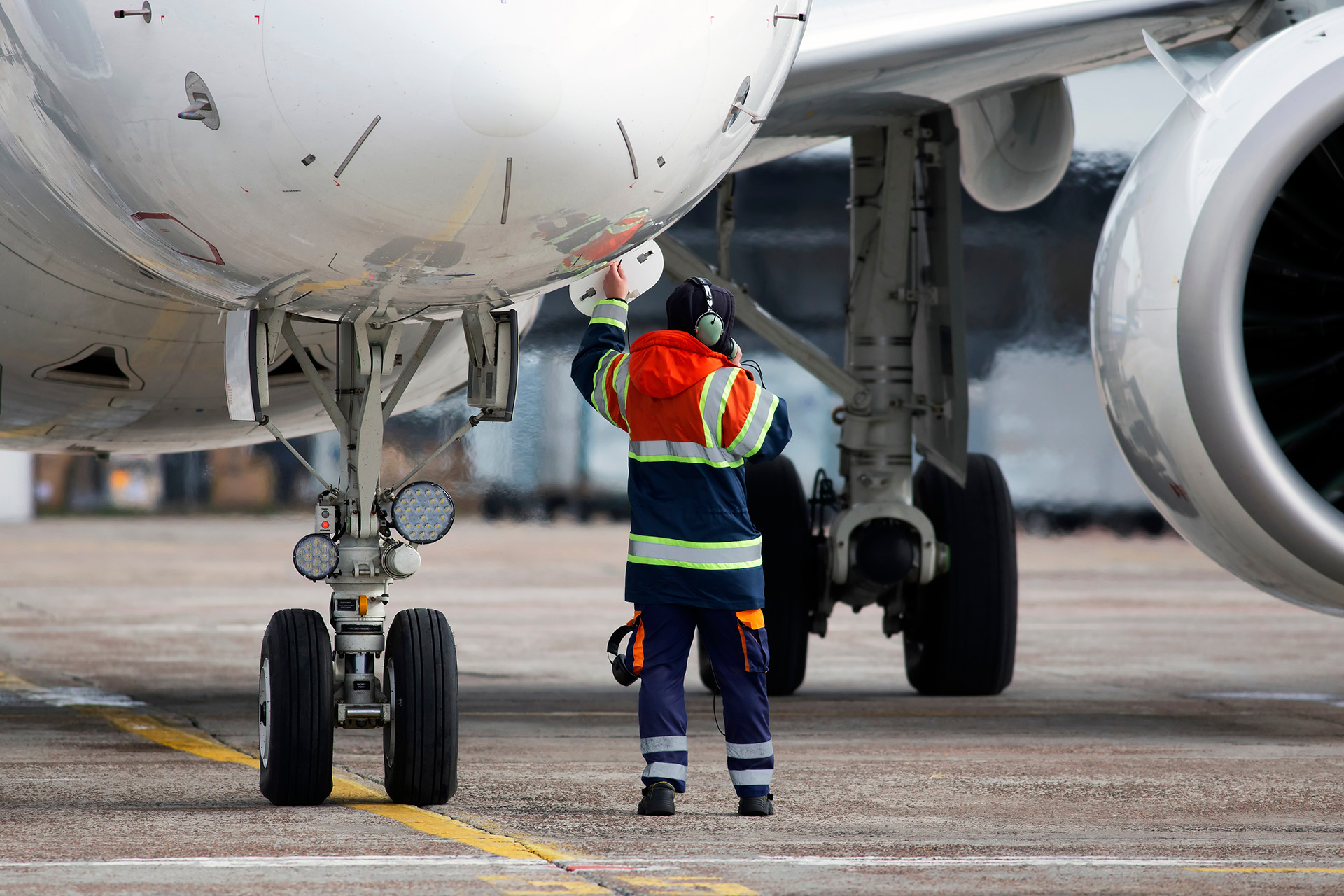Introduction
A lithium battery fire in the hold of an aircraft is a significant safety risk.
Domestic and international incidents relating to lithium batteries have often involved incorrectly packed, marked and labelled batteries, as well as misdeclared or undeclared consignments. In some cases, it has also been discovered that the batteries have not met international standards for manufacturing and testing.
Lithium batteries that are not transported in accordance with the applicable requirements present an increased likelihood of a fire in the cargo compartment, potentially resulting in a catastrophic incident.
It is therefore important that shippers, freight forwarders, handling agents and operators ensure that they are transported in accordance with the International Civil Aviation Organization (ICAO) Technical Instructions for the Safe Transport of Dangerous Goods by Air (TI).
Lithium batteries must be packed, marked, labelled and documented in accordance with the TI. The transport of lithium batteries on their own is forbidden in the hold of passenger aircraft.
Guidance to operators
Key things to consider if you are an aircraft operator include:
- How to identify and understand the potential hazards associated with your specific operation.
- Assessment and management of risks associated with the transport of dangerous goods, including lithium batteries and cells as cargo through your Safety Management System (SMS).
- Your oversight of any contracted activities to make sure they comply with the appropriate requirements.
- Awareness of the transport chain leading up to cargo being loaded onto the aircraft.
- The provision and effectiveness of notices and information about the transport of dangerous goods at cargo acceptance points.
- The effectiveness of passenger information on dangerous goods, lithium batteries and products that contain them.
- The provision and management of competency-based training and assessment.
Guidance to shippers
Key things to consider if you are shipping lithium batteries include:
- International requirements for manufacturing and testing: UN Manual of Tests and Criteria, Part III, subsection 38.3.
- Requirements for packing, marking and labelling.
- Completing the correct documentation: the Dangerous Goods Transport Document (Shipper’s Declaration), where applicable, and the air waybill.
- Competency-based training and assessment, or adequate instruction (in accordance with the TI) of your employees.
Guidance to freight forwarders
Key things to consider if you are involved in forwarding lithium batteries include:
- The effectiveness of the information that you provide to your customers about the transport of dangerous goods, lithium batteries and products that contain them.
- Storage, loading and separation of dangerous goods that are under your management.
- Competency-based training and assessment of your employees.
Guidance to handling agents
Key things to consider if you are handling lithium batteries include:
- The provision and effectiveness of notices and information about the transport of dangerous goods at cargo acceptance points.
- How applicable acceptance checks are carried out.
- Storage, loading, segregation and securing of dangerous goods.
- The identification of misdeclared or undeclared lithium batteries.
- Compliance with operators’ procedures.
- Incident reporting.
- Competency-based training and assessment of your employees.
Reporting
Continued reporting of incidents is vital to help monitor current and emerging risks.
As well as reporting accidents or incidents or submitting an MOR you can report concerns to the Confidential Human Factors Incident Reporting Programme.
Get involved
As awareness of the risks associated with the carriage of lithium batteries continues to grow on a national and international level, the CAA is keen to work closely with organisations and international bodies who want to lead the way in sharing best practice and help to maintain safety standards.
As part of this work, we have launched a new safety promotion campaign called 'Batteries are included'. Starting as a reminder that lithium batteries are included in ICAO’s Technical Instructions for the Safe Transport of Dangerous Goods by Air, we aim to reach the full range of organisations involved in the transport of lithium batteries at all stages of the supply chain, from the manufacturers themselves right through to the shippers, freight forwarders, handling agents and operators.
We can provide campaign materials, branded for your business, and welcome a chance to work in partnership to help share and promote key messages and raise awareness of the safety risks. If you would like to talk about how we can work together, please contact safety.promotion@caa.co.uk

